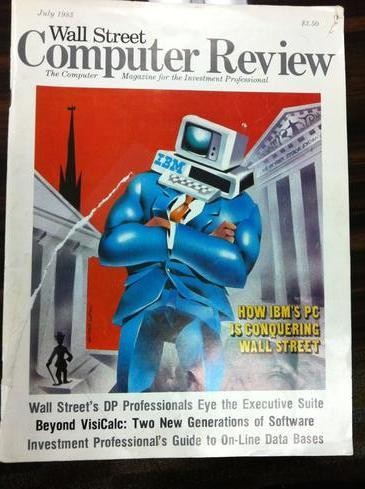Automating ADRs Wall Street & Technology
Post on: 16 Март, 2015 No Comment

Although trading ADRs electronically can cut costs, buy-side adoption of electronic platforms has been slow.
One way traders can get a taste of international investments without globe-trotting is to buy American Depositary Receipts (ADRs) in the secondary market. Negotiable certificates issued by a U.S. bank, ADRs represent a specific number of shares of a foreign stock. Since ADRs trade on the New York Stock Exchange, they are a convenient way for buy-side firms to invest overseas without having to access a foreign broker.
Historically, however, trading ADRs or converting them into foreign stock (or vice versa) has been expensive, as much as 5 cents a share, and required the services of the big depository banks, such as JPMorgan, Deutsche Bank and Bank of New York. But in the last few years, two new electronic ADR platforms — ADR Navigator, which was developed and launched in July 2005 by New York-based derivatives trading firm I.A. Englander & Co.; and ADR Max, which was launched in February 2002 by JPMorgan — are allowing for faster and cheaper trades.
The premise of both systems is simple: A firm looking to convert ADRs into foreign shares, or vice versa, can view the secondary market bids, offers and volume for certain securities (on what looks much like a Level II screen) and then enter an order into the system. Parties on opposite sides of the trade then are matched. The matching, or swapping, is done anonymously.
According to I.A. Englander SVP John Gelbard, this method of trading is faster and easier than the traditional method of phoning brokers worldwide in search of liquidity. And, perhaps most important, it’s cheaper. The cost to convert ADRs to stock is down to about 2 to 3 cents a share, says Gelbard.
Eliminating the Middleman
Electronic trading of ADRs also has logistical advantages, notes Gelbard. For example, in the past, if a firm wanted to buy 10,000 shares of stock in a company such as Sweden-based Ericsson, it could physically set up shop in Sweden and complete the transaction firsthand, which is very expensive, or do business through a local (Swedish) broker.
Purchasing ADRs, Gelbard points out, eliminates the middleman. And now, the introduction of the electronic cross-book systems is enabling investors to convert their ADRs to foreign shares while circumventing the big banks and their fees.

But, as with all types of electronic trading, it takes time to break old habits. Getting traders to change from the routine of physically picking up the phone to find a buyer or a seller, or going through the major depository banks, is going to be difficult. In fact, according to Gelbard, Although about 15 percent of the NYSE volume is ADR-related, we do maybe only a couple of large block trades a day. Gelbard declines to specify the dollar amount or actual share volume.
The situation is similar at JPMorgan. While a spokesman declines to discuss the volume of trades its ADR Max system handles, he acknowledges that it is very small in proportion to the total ADR volume JPMorgan processes on a daily basis.
While electronic ADR trading remains a small market, however, its advent is allowing for improved liquidity and lower trading costs. And as the demand for overseas investment increases, a larger percentage of trades likely will flow through the electronic cross books. Still, the consensus among industry observers is that few of the other big depository banks will make a push to go electronic, as this likely would cannibalize their sales.
But the possibility remains that these players will use the existing systems for some order flow to take advantage of the anonymity the electronic systems offer, in turn, increasing the information available on ADRs and improving the market’s liquidity.














